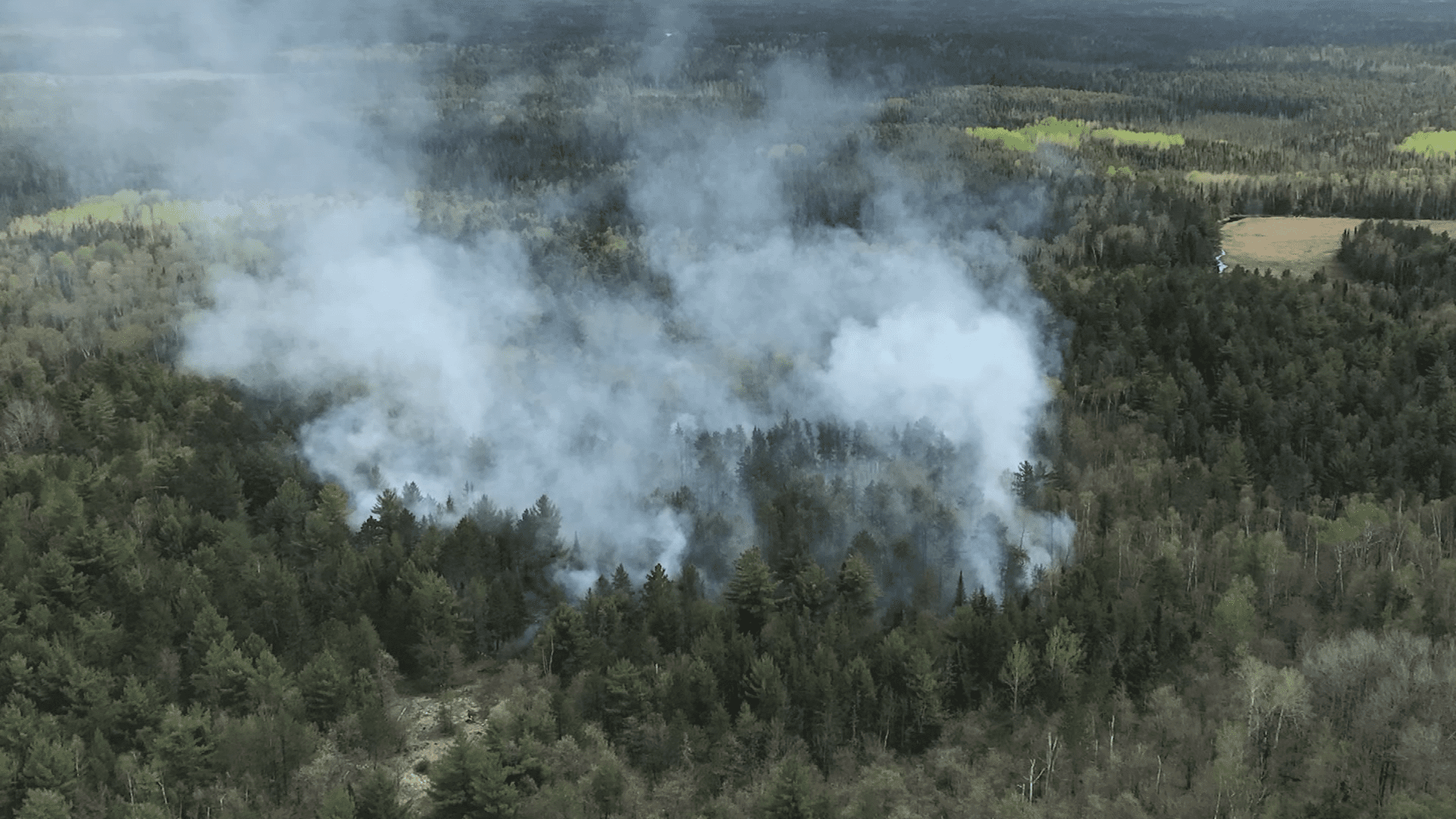New Study to begin on Greenwood Fire impact

26,800 acres burned in the Greenwood Fire in August 2021
The Superior National Forest (SNF) will be working with Boise State for a LiDAR (light detection and ranging acquisition using an unmanned aircraft system (UAS) drone within the perimeter of the Greenwood Fire of 2021. This is expected to begin August 27th and last until September 2nd.
The UAS will be flying at a low altitude and SNF staff will be assisting with monitoring airspace, moving equipment, and keeping track of where the UAS drone is located.
Unmanned aircraft systems can be used to collect multiple types of data by using different sensors.
LiDAR is an active sensor, meaning it emits its own energy. It captures three-dimensional information of
the earth’s surface and can capture information beneath vegetation which makes it excellent for
creating detailed terrain models or vegetation and canopy metrics.
Boise State is working with the Forest Service due to their background in assisting other national forests across the country with using UAS for forestry applications.
The data collected will be processed to create a digital terrain model (DTM) of peatlands that were severely burned during the Greenwood Fire. That post-fire data will be compared with existing pre-fire data to determine loss of peatland elevation from the wildfire.
Forest staff and their cooperators will be operating in the project area during the dates listed above;
so, please use caution when travelling in the area. The UAS drone will be flying at low altitudes over the
forest canopy. Forest Service staff may be climbing into trees to establish line-of-sight with the drone, and vehicles will be travelling on forest roads delivering equipment and assisting with mission coordination.
Further laboratory analyses from past samples, will allow Forest Service research scientists to estimate overall loss of carbon and other greenhouse gases from the peatlands after the wildfire.
Peatlands are the largest, natural, terrestrial carbon store: They store more carbon than all other
vegetation types in the world combined. The SNF can be more proactive with forest management
within and adjacent to these climate-sensitive ecosystems by understanding wildfire effects on
peatlands.